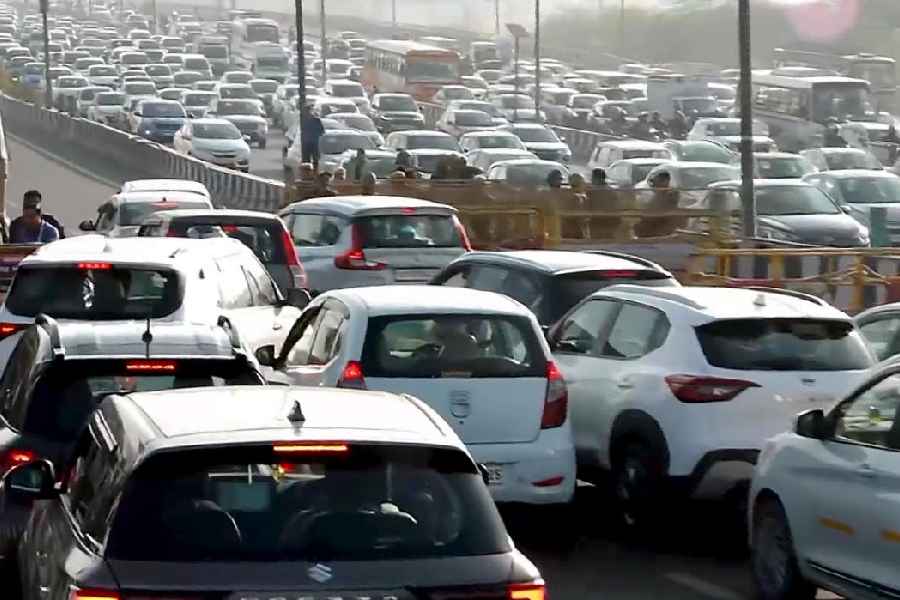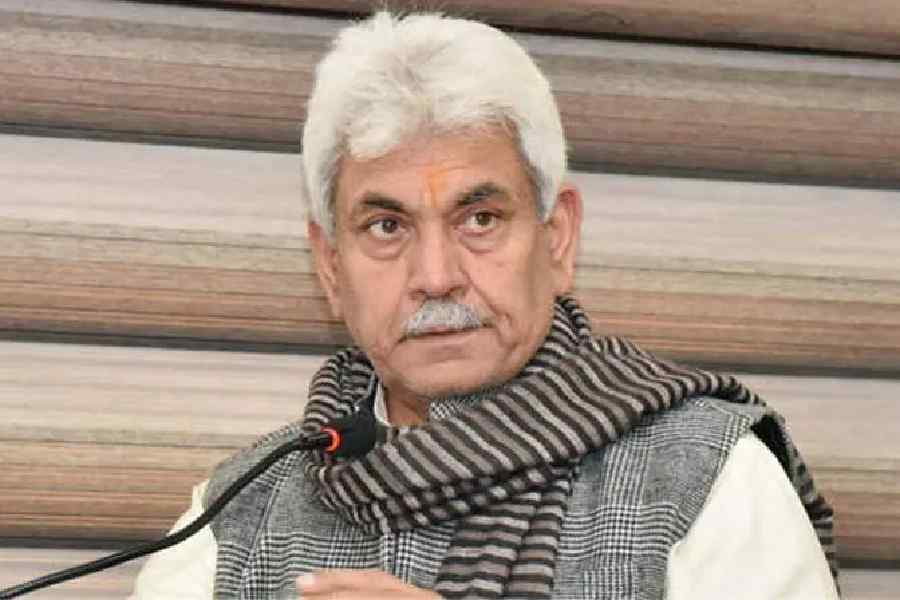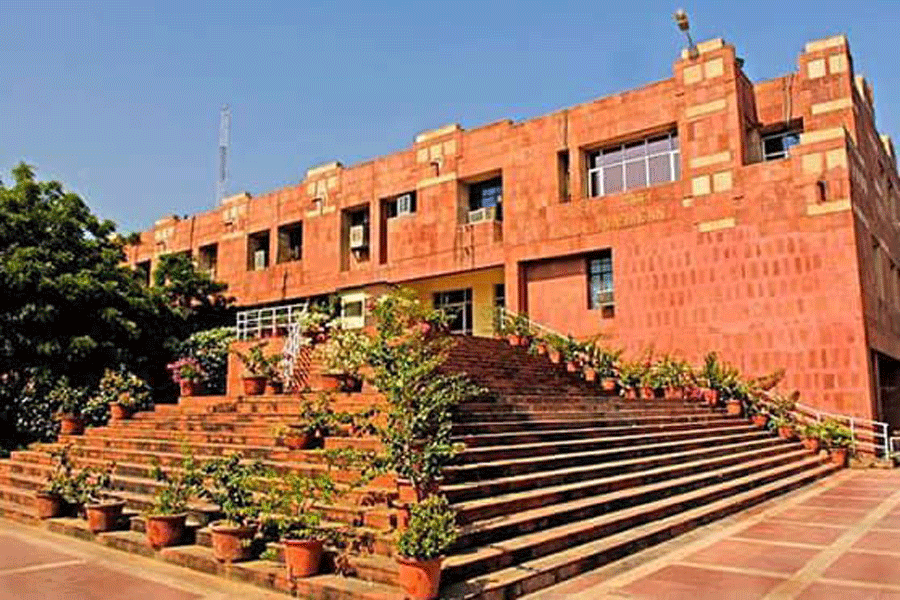 |
Where can the car take us this century? It revolutionised transportation in the 20th century, but not without consequences. Grid-locked towns and cities, emissions contributing to global warming — the once great symbol of personal freedom is ready for another great turn of the wheel of invention.
Car manufacturers are keeping their eyes ahead for a transition to cleaner and smarter vehicles and all the signs point to a driving experience enhanced by automation and robotics.
“I really think the days of people driving their own cars are numbered. In 30 years, computers will be doing most of the driving,” says Ian Pearson, member of CNN Future Summit Nominating Committee. The CNN Future Summit is a two-year multimedia programme aimed at stimulating global discussion on new developments in medicine and health, communications, the environment and new habitat, and the implications of these changes for the future of mankind.
The safety of the driver, passengers and other road users is paramount and this will have to be tackled in a wholly different manner, especially on crowded roads. Better in-car protection — from crumple zones to stronger composite materials — will progress, but the next generation of safety devices will be automated, with vehicle-to-vehicle communication providing the possibility of a crash-free future.
Already, Global Positioning System (GPS) and onboard computers can track a vehicle’s location and record information on speed and direction. Transmitting that information between vehicles is the next step that car manufactures are working on.
Linked to an automation of roadways, Pearson says the benefits will be enormous. “We can eliminate most traffic jams, which are usually caused by bad driving. This way, we can increase the capacity of the roads,” he says.
Another member of the CNN Nominating Committee, Sebastian Thrun, is pioneering the development of robotic cars. Director of the Stanford Artificial Intelligence Laboratory, Thrun led the development of Stanley, a robotic car that in 2005 won the DARPA Grand Challenge, a prize competition for driverless cars, sponsored by the US government’s defence department. Stanley was also named the No. 1 Robot of All Time by Wired magazine in January 2006.
Thrun is currently working on a robotic car that could drive one safely from San Francisco to Los Angeles. But whether or not Thurn’s car will be compatible with California’s stringent environmental laws is another issue to face the next generation of vehicles. The race is on to replace the internal combustion engine and develop alternative fuel supplies.
Dr. Hermann Scheer, a member of the German Parliament, and of the CNN Future Summit Nominating Committee, is one of the world’s leading authorities on the development and implementation of alternative, renewable sources of power. He envisions that the car you drive in the future may well be powered by bio-fuels, or electricity generated by solar or wind power.
In 30 years, “we’ll be using a combination of electricity, maybe from power stations, nuclear, fusion, whatever,” says Pearson. “We’ll also be starting to see an awful lot of hydrogen-based cars.”
One man working toward developing hydrogen-powered cars is Lino Guzzella. Imagine driving from Paris to Moscow, and back again, on one litre of fuel. While that won’t happen with any petroleum-based fuel, it could be done with the PAC-Car II designed by a team lead by Guzzella, a professor at the Swiss Federal Institute of Technology in Zurich.
Powered by a fuel cell, it won the Energy Globe Award in November 2005, driving 5,384 kilometres on 0.27 kg of hydrogen, which in energy content is equivalent to 1 litre of gasoline.
Looking further down the road, rather than reinventing the wheel, getting rid of it altogether may not remain just a fantasy with ongoing developments in engines that create energy from electromagnetic radiation. If we can develop cars that drive themselves, hover cars may not be such a leap of the imagination.
Courtesy CNN Future Summit










